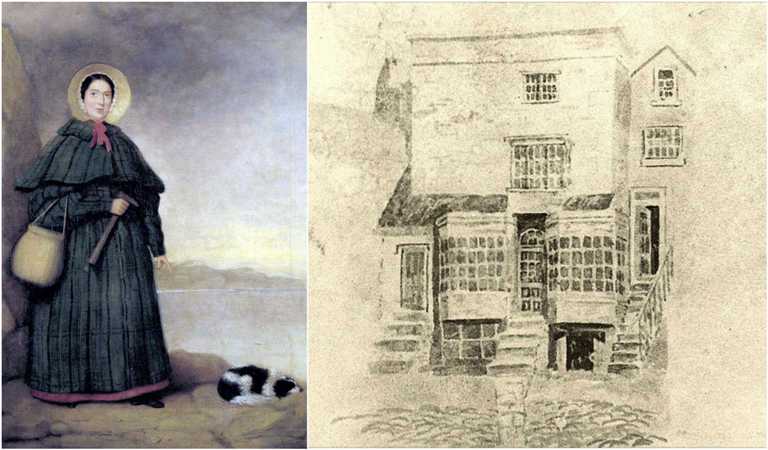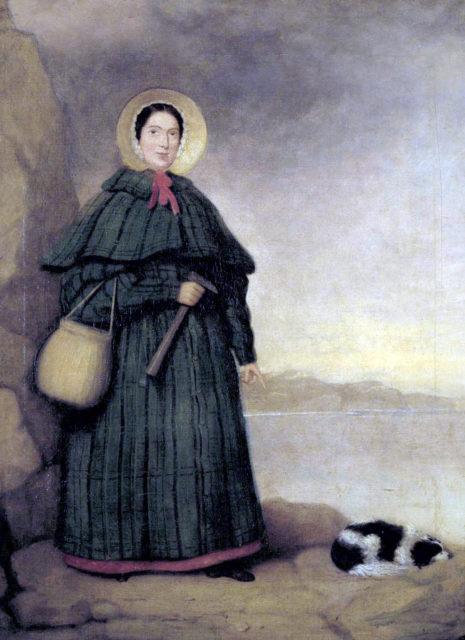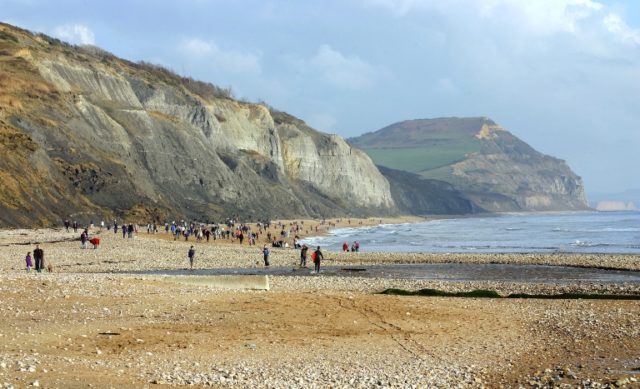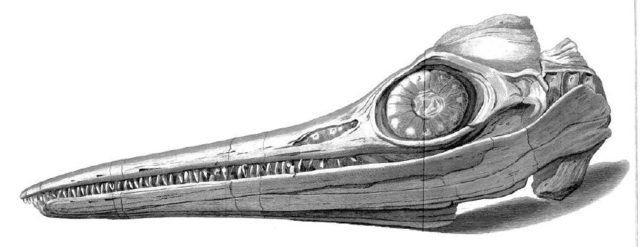
To many, tongue twisters may seem like mere childish wordplay. However, the most famous tongue twister of all carries a far deeper significance than you might expect.
“She sells seashells by the seashore” is not only famous in English-speaking countries, but is also a worldwide phenomenon in its own right. Its origins have traditionally been traced back to the late 19th or early 20th century.
However, in reality, the story behind the famous rhyme is far older than originally thought. The woman referred to simply as “she” was, in fact, a real person, and although she did not sell sea shells, she did make a significant contribution to modern history.

Born in Dorset, England, Mary Anning was the eldest child of a cabinetmaker. The family lived hand to mouth, having adopted a rather unconventional method of employment which involved digging up fossils and selling them to tourists on the shore.
From an early age, Anning and her brother learned the art of spotting, collecting, labeling and then cataloging the many fossils and remains, which were carved out of the cliffs of the Jurassic coast. However, when Mary’s father passed away in 1810, she was forced into running the family business full-time to provide for her younger siblings.

The nineteenth century was a peculiar period: rich and middle-class people felt compelled to have curio cabinets in their living rooms, often filled with fossils and other natural relics. Tourists loved to bring back fossils as souvenirs from abroad.
Although the industry could be lucrative, Anning struggled with financial difficulties for most of her life; she often had to dig for hours just to extract one fossil, which would rarely generate enough money to sustain the family.
When Anning was just 12 years old, she and her brother unearthed the skull of a four-foot Ichthyosaur, a prehistoric giant which prowled the seas over 250 million years ago. A few months later, the pair dug out the rest of the skeleton: a discovery which brought them international attention.

This discovery came decades before Darwin first published his model of evolution, at a time when most people were still ignorant of the earth’s ancient past. Most scientists believed that animals did not go extinct: they would instead migrate to a location more suited to their needs.
When Anning’s discovery was put on display, it created a considerable buzz among scientists and brought Anning to the attention of the wider community of archaeologists. By 1820, Anning was running a modestly successful fossil business and was working in collaboration with other geologists, finding a number of important fossils in the process.
A famous geologist, Henry De la Beche, created illustrations of ancient life forms in their natural habitat based on the fossils unearthed by Anning. This created some revenue which La Beche generously donated to Anning; yet despite this new-found fame, she continued to struggle financially.

Anning’s discoveries introduced the world to creatures previously unknown and opened up a whole new debate about mankind’s place in the universe. However, Anning still faced many hurdles throughout her career. Many of these were due to a male-dominated scientific community which refused to take her seriously. Many even openly mocked her and her findings.
However, there were many who appreciated her achievements; in 1856, Charles Dickens praised her for her enormous contribution to science.
In 1847, Anning died of cancer at the age of 47. The famous tongue twister about her life was first recorded in 1908, although its origins were soon forgotten in time.
via-thevintagenews
Comments
Post a Comment